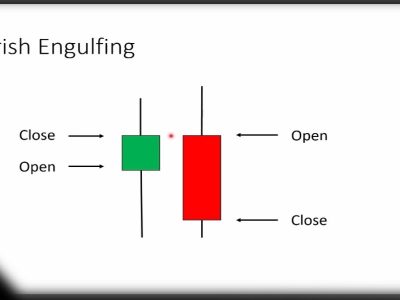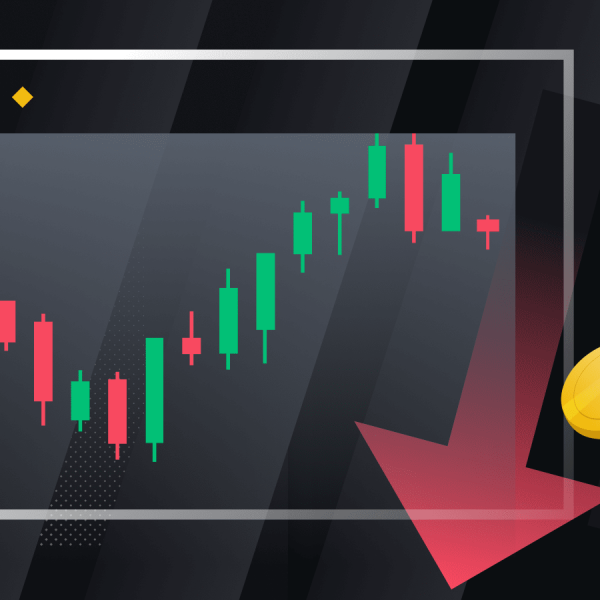Elliott Wave Theory was developed in the early 1920s by an American mathematician named Ralph Nelson Elliot. Elliott Wave Theory bases on repetitive cycles. From the 1920s onwards, Elliott Wave Theory became one of the most widely used principles in financial markets and trading. We will see what this theory is and how to use it in digital currency trading.
What is Elliott Wave Theory?
Elliott Wave Theory puts forward an idea that shows that every cycle created in the market is formed precisely from investors’ reactions to external influences. These effects have many psychological factors and have occurred in different time frames. Market fluctuations are primarily due to changes in people’s behavior in society, and all of these cases have a repetitive cycle. This silk is known as Waves. This theory bases on Theo Dow, which examines a kind of wave movement in the market.
Due to its fractal nature, Elliot examines the market on a broader range than the Dow. Fractals are permanent structures that are repetitive and continue until they are as small as possible. Elliot discovered that these patterns and stock market trades make similar. What makes Elliott stand out is the way he examines these types of patterns and their fractal matching to be used as a prediction.
Elliott Wave Theory definition
Elliott Wave Theory is inferred from different waves, but we will focus on the main one in this article. Small waves form the basis of the theory.
This theory shows that graph patterns are made of 5 waves in line with the trend or impulse waves, and the other three waves are opposite to these waves, known as Corrective waves. Trend-like movements are numbers 1 to 5, and anti-trend movements are A, B, and C. By combining 5 trend patterns and 3 corrective patterns, you can get the original Elliott wave structure.
Elliott Wave Theory Rules

Elliott Wave Theory has its own rules in each market and works based on its fluctuations. Of course, its use is very effective and can be used in different cases. Methods of using Elliott Wave Theory include:
- Wavenumber three should never be the shortest impulse wave.
- Wavenumber two should never exceed the point of creation of wave number one.
- Wavenumber four should never exceed the price range of wave number one.
If you analyze the market chart, you will find that all of these charts change in waves in the long run. Of course, the waves are not always the same, but the related patterns can be adapted. To achieve the best Elliott Wave Theory analysis method, you need to experience and study these patterns for hours, but keep in mind that you can do better trading in volatile markets by learning this strategy.
Categories
Elliott Wave Theory can be categorized according to its efficiency and performance. Elliott waves are generally divided into the following categories:
- Sub-Minuette
- Minuette
- Minor
- Intermediate
- Primary
- Cycle
- Supercycle
- Grand Supercycle
In stock trading, this theory can detect the primary cycle or the main wave so that you can adjust the entry and exit points based on this wave. Theoretically, there are many problems in using the Elliott Wave Theory model, but it is more helpful in identifying market positions if you can use it.
Elliott Wave Theory can be used in both short-term trading and long-term strategies. Many people who have gained a lot of experience in the market can use Elliott Wave Theory to determine when the market is in a bearish state.
Elliott Wave Trading benefits
Elliott Wave Theory is a tool for determining the time of entry and exit of transactions. This theory shows the structure for analyzing price changes in a slang way. With a good understanding of the theory details, even novices in the market and trading can determine when to buy and sell.
Elliott Wave Theory is one of the theories based on market behavior. More volatile markets rely heavily on their traders’ sudden and emotional moves and decisions, so Elliott Wave Theory can quickly identify important buying and selling situations.
But there are limitations to this theory. For example, unlike Fibonacci patterns or other instruments that set special rates and limits for traders, Elliott Wave Theory works more on patterns and motion detection. Traders must identify entry and exit times based on patterns, and price changes, unlike other theories, are examined as a pattern rather than a statistic. This is one of the disadvantages of Elliott Wave Theory.
In addition, the patterns themselves make things a little more complicated. Many traders combine this theory with other indicators to start and end the trade to make it easier to identify the pattern. RSI and ADX, for example, are two indicators that are always used alongside Elliott Wave Theory to make trading more accurate and faster.
Conclusion
Elliott Wave Theory is one of the methods to identify and match the pattern and determine the time of entry and exit of financial markets based on the behavior of the investment community. Using it requires training, and you need to be familiar with wave patterns to use them for your trades. However, one of the most effective methods in volatile markets is Elliott Wave Theory, and it is widely used in the cryptocurrency market. If you have ever used this method in your transactions, write us your opinion.












